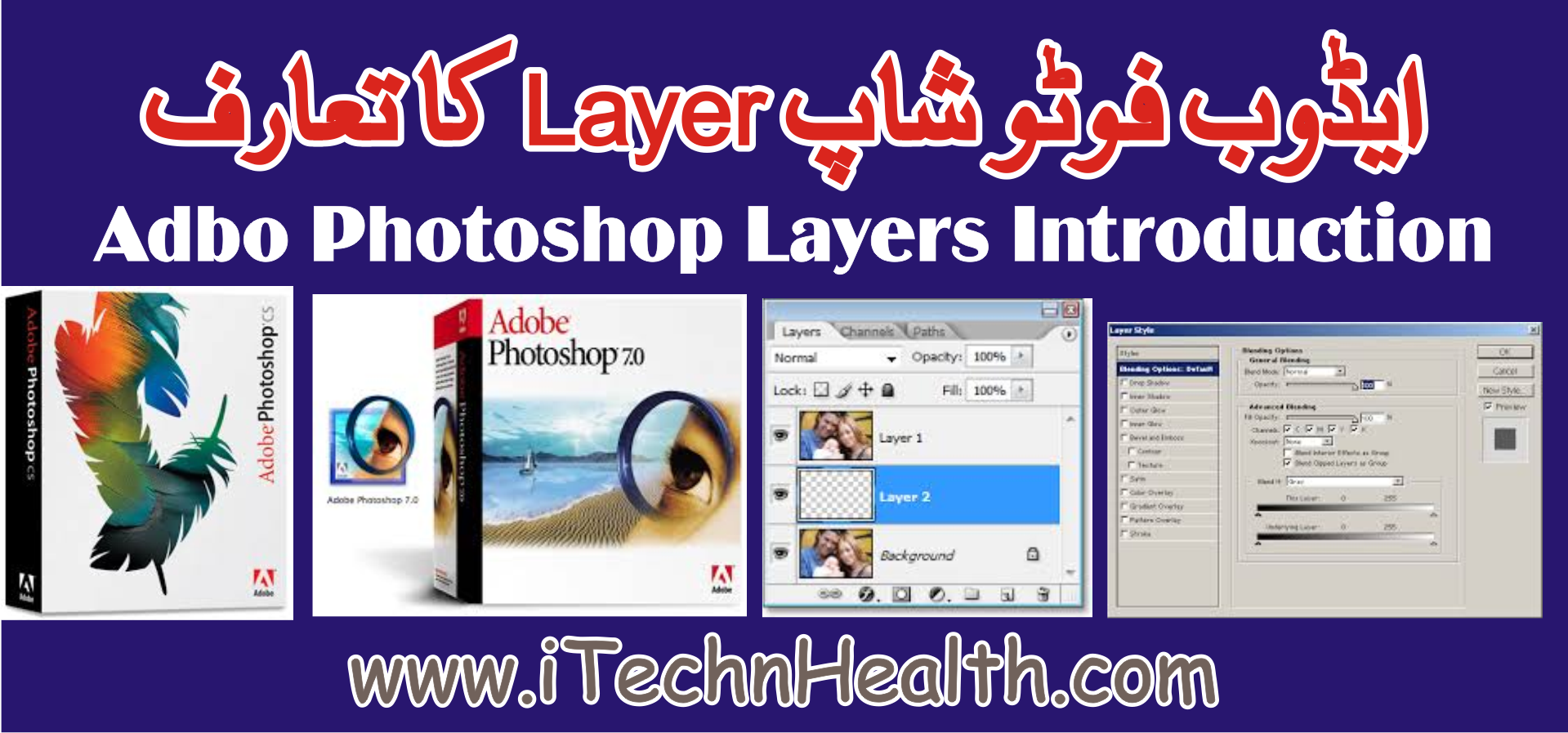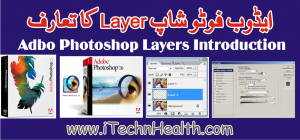
Photoshop Layers Introduction
How to work with Photoshop layers
When we start a new project in Adobe Photoshop, there’s one “Background” layer. If you continue to work on the background layer. You won’t be able to carry out a lot of changes in the image at a later stage. That’s why the use of layers is also referred to as ‘Non-destructive editing’.
Vector and Raster objects ?
Vector objects are created using tools (text tool, pen tool) and can be resized virtually up to an infinite extend without any loss of quality.
Raster objects are created using raster tools (brush tool) and they retain their quality up to a certain limit; resizing them beyond their limit can cause quality degradation. You can use raster tools on any empty layer, or an existing layer with raster objects. On the other hand vector tools often add a new layer when they’re used, for instance, adding a new shape via the pen tool, or inserting text using the text tool creates a dedicated layer for the object. Furthermore, you cannot use a raster tool on a layer that contains vector objects. I f you try to do so, Photoshop will ask you to ‘resterize’ the layer, which is essential converting the vectors to raster objects.
How to use the Layers?

Navigate to window > Layers
Or
Press F7 Key to bring it up
Press Ctrl + Shift + N : to insert a New Layer Or Press Insert New Layer Button
The 1st Layer is always the ‘background’ layer and the background colour for it is white in a new Photoshop document. Any subsequent layers that you add will originally be transparent and will show the contents of the layer underneath. The ‘Eye Icon’ next to Layer’s preview indicated the visibility of that layer. You can try this easily. Add a New Layer, Select the brush tool, choose a colour, and paint a few strokes. Then add another layer, select a different colour, and use the brush tool again, making sure to overlap the stokes on the preceding layer for a better effect. Now you can try turning off the first or the second layer to see how basic layer on top of the second layer, and see the overlapping changes as well.
Tips: Drag a layer to the ‘New Layer’ button to duplicate it and drag it to ‘Delete Layer’ button to delete it instead of selecting the layer and pressing the button.
Layer Group
This button is used to add several layers to a single group, this facilitates moving of multiple layers together.
Blending Option
Right click on a particular layer and click ‘blending options’ to open the ‘layer style’ panel. Here you can apply various effects to the content of the layer. Try this with a text layer. Use the text tool to enter text, and open blending options. Now ‘check’ one of the styles i.e drop shadow and try playing with the settings and see how the drop shadow can be manipulated. You can do the same with several other styles including glow, bevel, overlay and etc. Once you have added effects to layer panel and you can click the eye next to the effect name to enable or disable that effect.

Locking Option
Locking option to protect a layer from being moved or from being further manipulated, which is really useful when you’re in the finishing phase of working on an image.
Opacity Option
Finally, there are some blending controls. Opacity, as the name implies is to set the transparency of the layer, all layers are born transparent and fill up as the user inserts content into it.
